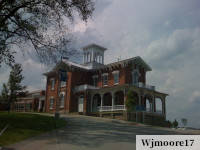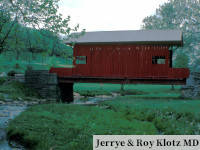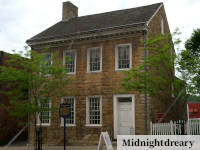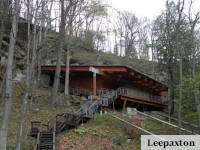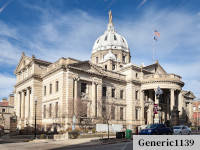What Is Appalachia?
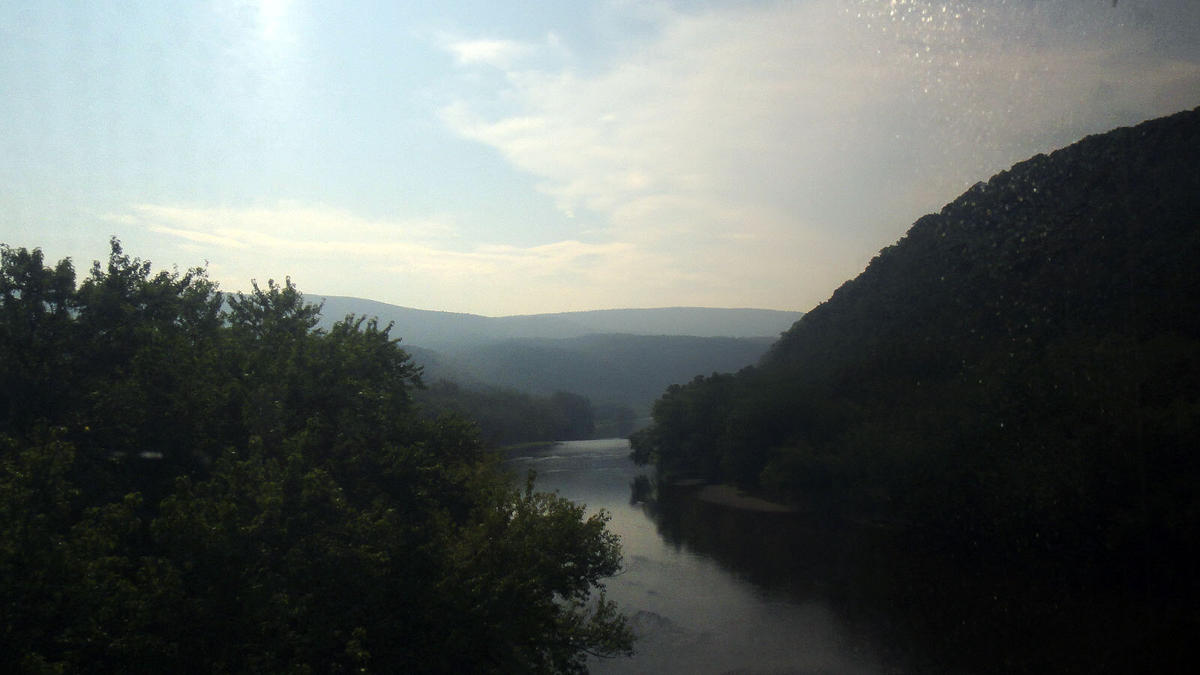
Appalachia is a large region that runs from the southern tier of New York through Pennsylvania, including Washington County, south to northern Alabama and Georgia. It includes parts of twelve states and all of West Virginia.
The extent of the region is defined by the Appalachian Regional Commission (ARC). ARC was created by the U.S. Congress to funnel money into the region to improve its economy and people’s quality of life.
It’s a largely rural area filled with farms, forests, small towns, industry and abandoned coal mines. The City of Washington, PA, isn’t rural and neither is Pittsburgh, the largest city in Appalachia, a dozen other cities in the Appalachian region and the suburbs of those cities.
Nearly 26 million people live in Appalachia. Their median household income (HHI) is about $52,000, according to the ARC. While the Appalachian median HHI is substantially below the national number, the median household income locally in Washington County is more than $65,000 – which is pretty close to the national average.
Around here, people may identify with their community, saying they’re from Washington, the Mon Valley or they’re Pittsburghers. Rarely do they identify as living in Appalachia.
Communities define themselves as being in Appalachia “because the ARC is able to offer federal money in the form of workforce development, infrastructure improvement grants, and community development,” Joshua Wilkey wrote in This Appalachian Life. Wilkey is a historian and essayist who lives in North Carolina.
The culture of Appalachia is complicated, historian Elizabeth Catte wrote in What You Are Getting Wrong About Appalachia (published in 2018). There’s no one Appalachia – it’s not all people living in poverty, it’s not all about coal, the people who live in Appalachia aren’t exclusively white conservatives, and not everyone listens to old time, traditional or bluegrass music.
Bluegrass had more of an audience when steel and coal mines were big in the area, Susan Powers of Devilish Merry said. Devilish Merry performed at the Whiskey Rebellion Festival in 2021. Performers at the heavily attended festival played a wide range of old time, Irish, bluegrass, acoustic, country and other traditional music – the kind of music some people expect to be popular in Appalachia. This suggests that while the stereotypes aren’t true, they’re woven around small kernels of truth.
History
Native Americans lived in Appalachia thousands of years ago. The earliest known inhabited site was at the Meadowcroft Rockshelter.
Colonization of Appalachia became possible once the British defeated the Cherokees in 1761. After that, immigrants who lived in eastern PA, along coastal Virginia and in the Carolinas pushed westward into Appalachia for better opportunities. The number of people of European origin who lived in what was called the backcountry grew rapidly.
Immigrants into Appalachia included people who left Scotland and England behind for cheap land and freedom from Quakers, who looked down on the Scotch-Irish.
During those years, Washington County was the American frontier.
After the Whiskey Rebellion (1791-1794), federal authorities tightened their control over distillers in this area. Many people who distilled whiskey left for other parts of Appalachia – notably Kentucky and Tennessee, where it was more difficult for the authorities to tax them.
Following the Civil War (1861-1865), northern parts of Appalachia including Washington County boomed with coal mining, oil wells and industry that included glass manufacturing. This lead to a growing divide between northern and southern Appalachia, whose economies lagged behind.
From the late 1870s through Prohibition in the 1920s, federal officials worked to enforce the whiskey tax in Appalachia, leading to violence against illegal distillers – moonshiners.
The poor economies of southern Appalachia, violence involving moonshine, coal mining and widespread lumbering in southern Appalachia combined to create popuar cultural stereotypes of the Appalachian region.
Washington County is part of Appalachia, a large and diverse rural region – there’s no one Appalachia, no stereotypical truths about the region. The Appalachian Regional Commission exists to funnel money to improve things in Appalachia.
This article was published in


